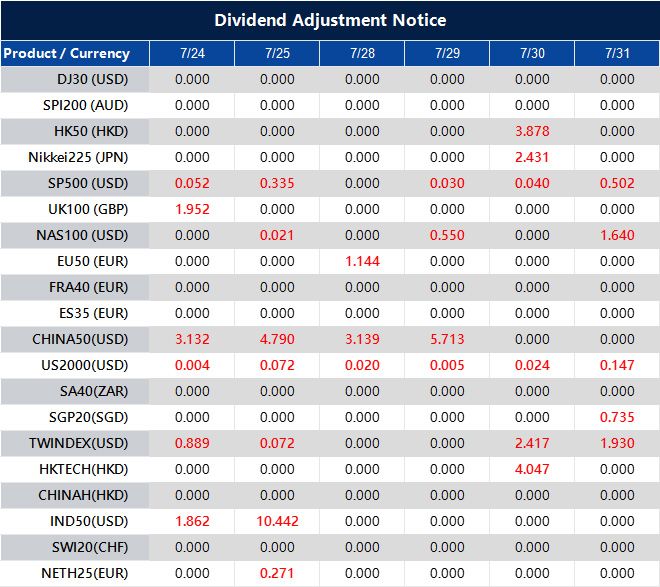Gold has dropped 0.6% to $3,368, continuing its downward trend as positive trade news emerges. Earlier, the price rose above $3,400 due to a weaker dollar, but it faced resistance and sellers took over.
Attempts to break the $3,430-35 resistance level have failed three times in recent months. This has led to a tight trading range since late May, blocking any potential breakout, despite earlier factors that supported gold this year.
Gold Outlook Amid Trade Uncertainty
Trade uncertainty, which has helped gold, has eased somewhat, but confidence in the dollar is still weak. Other factors like ETF changes and central bank demand are keeping a positive outlook for gold.
At the moment, gold is trading between important moving averages, suggesting a more neutral short-term trend. The 200-hour moving average at $3,365 is vital; staying above it keeps buyers hopeful for a rise. If it drops below this level, momentum could turn negative, potentially lowering prices to $3,300.
The recent price movements show that not breaking through the key resistance of $2,365 is significant for derivative traders. This indicates that the strong upward momentum has stalled for now. We expect a period of consolidation, creating chances for strategies that gain from sideways movement instead of dramatic breakouts.
This marks the third time since April that a rally has faltered in this area, reinforcing it as a strong barrier. The inability to rise suggests prices will likely fluctuate between this high point and support near the 50-day moving average around $2,300. For traders, this sets a clear range to navigate in the upcoming weeks.
Central Bank Demand and Market Trends
Despite the recent weakness, the fundamental case for gold remains strong due to significant demand from central banks. The World Gold Council reported that central banks purchased a record 290 tonnes in the first quarter of 2024. We believe this ongoing support will shield against major sell-offs, with dips likely seen as buying chances by these large players.
However, it’s important to note that “fast money” sentiment has been unstable, contributing to some recent selling pressure. Global gold ETFs experienced outflows of 12 tonnes in May, predominantly from North American funds. This helps clarify why prices are struggling to gain momentum to overcome established resistance levels.
The U.S. dollar outlook and Federal Reserve policy are major influences on gold prices. Even with the Fed’s recent firm statements, markets are still anticipating a better than 60% chance of a rate cut by September, according to the CME FedWatch Tool. We view this expectation of future monetary easing as a long-term boost for prices.
For now, we are closely monitoring the 50-day moving average near $2,300 as a crucial near-term level. A sustained drop below this point would shift the outlook to bearish and could pave the way toward the $2,280 support zone. As long as prices stay above this level, we see the market as neutral, providing buyers time to prepare for another attempt at higher prices.
Create your live VT Markets account and start trading now.
here to set up a live account on VT Markets now






